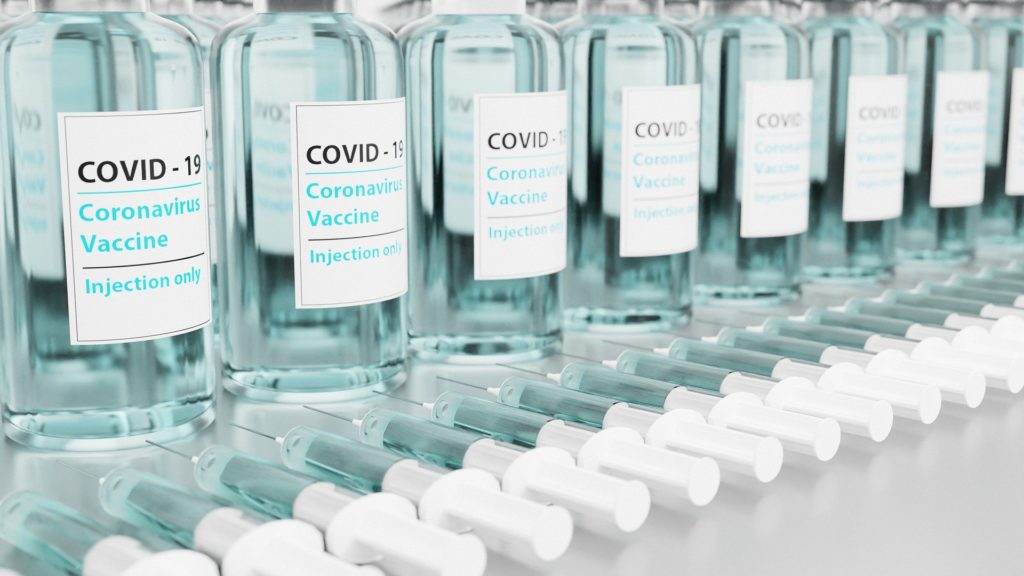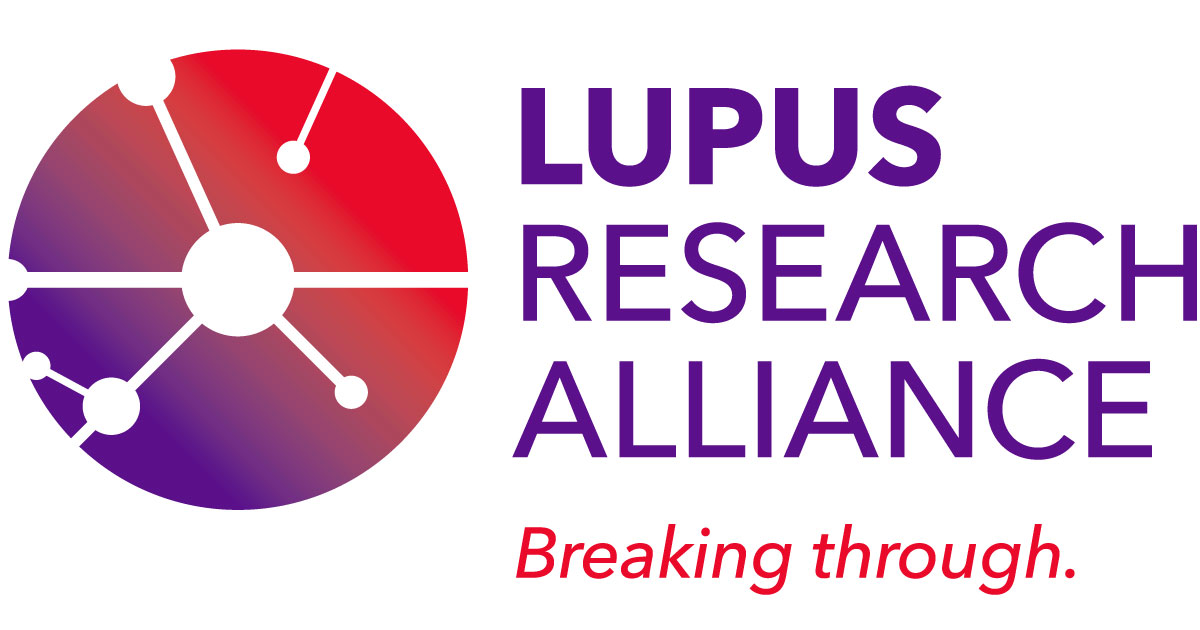
In this video I talk about how to use the Sweepy app to get your house clean, and why you might struggle with “lists” in the first place.

In this video I talk about how to use the Sweepy app to get your house clean, and why you might struggle with “lists” in the first place.

A culinary medicine curriculum had a positive impact on certain biometric and diet-related behavioral and psychosocial outcomes among low-income, food-insecure patients with type 2 diabetes participating in a clinic-led food prescription program, according to researchers with The University of Texas Health Science Center at Houston (UTHealth Houston).
The results of a pilot study led by Shreela V. Sharma, PhD, RDN, professor of epidemiology at UTHealth School of Public Health and in partnership with Harris Health System and the Houston Food Bank, were recently published in Nutrients, with qualitative information that informed the development of the study also recently published in the Journal of the Academy of Nutrition and Dietetics.
Researchers recruited 40 patients with diabetes from Harris Health System’s Strawberry Health Center to participate in a project led by the School of Public Health’s Nourish program that taught A Prescription for Healthy Living (APHL), a culinary medicine curriculum. The patients were also enrolled in a nine-month food prescription program through the Strawberry Health Center’s co-located food pantry, which gave them a bi-weekly redemption of 30 pounds of fruits, vegetables, lean protein and other healthy items at no cost with brief nutrition counseling by a registered dietitian. The study group was compared to patients who received the food prescription only, with no culinary medicine education, from the same clinic in 2019-2020.
“We found that while a food prescription program alone does have a positive and clinically meaningful impact on patient diabetes outcomes, there is an even greater impact when you layer on the culinary skills and education component,” Sharma said.
Culinary medicine blends the art of cooking with the science of medicine to instill a healthy dietary pattern. The five-session APHL program aimed to demonstrate to participants that healthy food tastes good and is affordable, simple to prepare, and relevant to all cultures. These 90-minute sessions – implemented virtually due to the COVID-19 pandemic – included lessons on knife skills, counting carbohydrates, reading labels, meal planning and recipe building, repurposing leftovers, and eating away from home, among other skills.
Overall, APHL participants saw a significant reduction in their glycosylated hemoglobin levels over the course of the study, better controlling their diabetes. Compared to the food prescription-only group, participation in APHL also resulted in significant increases in the consumption of fruits and vegetables, frequency of cooking from scratch, and self-efficacy in meal planning and cooking. Additionally, fewer participants reported that cooking healthy food is difficult.
These findings come one year after previous focus group sessions, recently highlighted in the Journal of the Academy of Nutrition and Dietetics, revealed that patients were frustrated with mixed dietary messages from different health care providers and a lack of culturally inclusive recommendations while also expressing a desire for skills to prepare tasty and healthy food.
As food prescription and culinary medicine programs gain popularity nationwide, Sharma calls for the increased training of dietitians in culinary medicine.
“Ultimately, we would like to scale this work across Harris Health clinics and hospitals and expand it to other settings and partners as well,” Sharma said. “It’s important for us to analyze and document the impact of this solution so that hopefully, one day, insurance companies will reimburse food prescription programs.”
Broadly, the recent study underscores the significance of the partnership between UTHealth Houston and Harris Health System, according to Sharma and Denise LaRue, MPH, director of care integration and population health transformation for Harris Health System.
“The greatest benefits of the Nourish program are that it provides our system dietitians with proven dynamic ways to connect with our patients in ways that are both practical and relevant, while delivering results that will measurably impact our patients’ – and their families’ – health,” LaRue said. “This ongoing partnership with UTHealth School of Public Health, and the success of our joint work, demonstrates that a collaborative ‘village’ approach is the right way to think about health.”
Study co-authors included John Wesley McWhorter, DrPH, RDN, assistant professor in the Department of Health Promotion and Behavioral Sciences with UTHealth School of Public Health and director of culinary nutrition for the Nourish program; Melisa P. Danho, MPH, RDN, program manager with the Michael & Susan Dell Center for Healthy Living at the School of Public Health; and Laura S. Moore, MEd, RDN, executive director of the Nourish program and member of the Nutrition faculty at the School of Public Health.

Patients under immunosuppressive therapy, who do not respond to primary COVID-19 vaccination, have an increased risk for severe COVID-19 disease courses. Until now, it was not clear whether those patients at risk can benefit from an additional booster vaccination. Recent research findings from MedUni Vienna show that a third vaccination is safe and effective in those patients who were initially unable to produce antibodies after vaccination. The study was recently published in the acclaimed journal Annals of the Rheumatic Diseases.
Even after two vaccinations, patients receiving immunosuppressive treatment for autoimmune diseases often fail to develop an adequate immune response after vaccination to protect them against COVID-19. In particular patients treated with the B-cell depleting drug rituximab, e.g. for rheumatoid arthritis, are considered to be particularly at risk for severe disease courses. Up until now, it had not been established whether these patients can benefit from a third vaccination and whether they should be vaccinated with the same vaccine or a different vaccination strategy.
Booster vaccination essential
This question has now been answered by a recently published study conducted by an interdisciplinary research group from MedUni Vienna, coordinated by the Division of Rheumatology of the Department of Medicine III. First author Michael Bonelli and his study team were able to show that even patients under rituximab treatment who did not respond to primary vaccination are able to develop an immune response following a booster vaccination. “Since patients under certain immunosuppressive therapy are at high risk for an insufficient vaccination response and therefore a severe COVID-19 disease, an early booster vaccination should be considered” explains Michael Bonelli.
Included in vaccination recommendations
“Our study is the first randomised, blinded trial to show the efficacy and safety of a booster vaccination in patients without an immune response after two vaccinations because of an rituximab treatment. In addition, ongoing studies investigate the efficacy of a forth vaccination in our patients at risk.” points out Daniel Aletaha, Head of the Division of Rheumatology at MedUni Vienna. The results obtained with the chosen study design are considered particularly reliable within the scientific community. Daniel Aletaha says: “Accordingly, our study, which also compared the efficacy and safety of different vaccination strategies, has already been included in the World Health Organization (WHO) and Australian Technical Advisory Group on Immunization (ATAGI) Covid-19 vaccination recommendations for immunosuppressed patients.”


The Lupus Research Alliance (LRA) and its clinical affiliate Lupus Therapeutics (LT) announced two major initiatives to address underrepresentation of minorities in clinical trials and in the scientific research profession: Project CHANGE by LT and the Diversity in Lupus Research Program. The organization has tackled these disparities for decades and now embarks on this highly aggressive multi-pronged plan to achieve equity among people with lupus and professionals in this field.
Project CHANGE by LT to Increase Lupus Clinical Trial Participation among African Americans
Led by newly appointed Health Equity Director Ebony Scott, the Lupus Therapeutics Project CHANGE by LT: Community-based Health Action Network to Generate Trial Participation and Eliminate Disparities focuses on a community-based participatory research approach, health inequities and disparities in clinical trials. Under her direction, this program will develop multifaceted, comprehensive action plans that increase meaningful, equitable, and supported clinical trial awareness, participation, and retention (engagement) among African Americans diagnosed with lupus in the U.S. A collaborative team in three pilot locations will work with patients; hospitals; healthcare providers; women’s health groups; medical and nursing associations; medical, community-based, faith-based, and grass root organizations; as well as community leaders to tailor a specific Action Plan that fits each of their community’s specific and unique needs.
“Because lupus affects each person differently, it is especially important for the full range of patients living with lupus to participate in research so that we can work towards new treatments and ultimately a cure,” noted Ms. Scott. “However, too often treatments are not tested among the people who will need them most. Project CHANGE by LT will increase representation by people of color in lupus clinical research, particularly African Americans, so potential new treatments can be developed that work for each individual.” Watch this video to hear more about the program from Ms. Scott.
Lupus is an autoimmune disease that disproportionately affects people of color in both prevalence and severity of disease. In fact, lupus is the 5th and 6th leading cause of death among African American and Hispanic females 15-24 and 25-54 respectively – just behind cancer, heart disease and HIV.i Regarding lupus-specific clinical trials, a recent study found that only 14% of clinical trial participants included African Americans with lupus.[i]i
LRA Launches Diversity in Lupus Research Program
Another disparity the LRA aims to alleviate is the lagging representation of minorities in the scientific research field. In a 2018 report the National Science Foundation details that African Americans, Pacific Islanders, Native Americans, and Hispanic individuals make up just over 10% of the scientific workforce despite accounting for more than 25% of the general population.[ii]i
To foster the development of talented underrepresented minority early-career scientists, postdoctoral fellows, and research trainees interested in lupus research, the LRA is launching a comprehensive Diversity in Lupus Research Program. The three key areas include:
LRA Chief Scientific Officer Dr. Teodora Staeva noted, “In addition to financial support, the Diversity in Lupus Research Program will provide access to quality mentorship by leading lupus investigators, access to opportunities and resources for scientific and professional development as well as a supportive network of peer scientists, creating a close professional community.”
Building on Partnerships with Well-Respected Groups
These new programs build upon the recommendations of the Lupus Multi-Cultural Engagement Partnership formed by the LRA and the National Minority Quality Forum to address the causes and potential solutions for the lack of inclusion in clinical trials of populations at greatest risk for lupus. A Meeting report, Addressing the Challenges of Clinical Research Participation Among Populations Disproportionately Impacted by Lupus presents many short- and long-terms strategies, some of which LRA has already undertaken and others in progress. The program is part of a multifaceted approach that included the pivotal Lupus Patient-Focused Drug Development (PFDD) Meeting hosted by the LRA, Lupus and Allied Diseases Association and the Lupus Foundation of America which produced a comprehensive report bringing 2,000+ diverse patient perspectives to the U.S. Food and Drug Administration drug review process on what people with lupus need from treatments. The LRA and LT continue to advocate with the FDA on behalf of the lupus community, providing feedback on patient concerns in addition to researching better ways to measure and evaluate the effectiveness and safety of potential new drugs.
Ensuring that the diversity of people with lupus is well represented in clinical research was the objective of a recently completed pilot study, Patient Advocates for Lupus Studies (PALS), a peer support program in which individuals living with lupus were trained to provide others with early education about clinical trials. The goal of the program was to improve clinical trial awareness, knowledge, and enrollment among people living with lupus, and study results will be available this year. LRA and LT also has worked with a wide range of groups such as Black Nurses Rock, Balm in Gilead, National Kidney Foundation, as well as clinical trial patient recruitment groups Antidote and Center for Information and Study on Clinical Research Participation (CISCRP) to make sure the full range of groups are knowledgeable about lupus and equipped to self-advocate for clinical trial opportunities.
“We were among the first to identify significant racial disparities in lupus care among underrepresented minority populations and have worked with the U.S. Office of Minority Health, U.S. Office of Women’s Health and the Surgeon’s General to conceptualize The Lupus Initiative run by the American College of Rheumatology and educate healthcare providers to improve diagnosis, prompt treatment and encourage racially diverse participation in clinical studies,” commented LRA President and CEO Kenneth M. Farber. “Ensuring that minorities are well-represented in clinical trials is a major priority for us. Building on this strong foundation, our work continues with renewed focus to achieve greater diversity among professionals researching lupus and engaging patients in clinical trials.”
About the Lupus Research Alliance
The Lupus Research Alliance is the largest non-governmental, non-profit funder of lupus research worldwide. The organization aims to transform treatment by funding the most innovative lupus research, fostering diverse scientific talent, and driving discovery toward better diagnostics, improved treatments and ultimately a cure for lupus. Because the Lupus Research Alliance’s Board of Directors fund all administrative and fundraising costs, 100% of all donations goes to support lupus research programs.
About Lupus Therapeutics
Lupus Therapeutics, an affiliate of the Lupus Research Alliance, aims to accelerate drug discovery and diagnostic innovation for all patients living with lupus. Lupus Therapeutics engages with biotechnology and pharmaceutical industry, as well as other investigators, to bring clinical trials to real people living with lupus. The organization aims to place the patient voice and community stakeholders at the center of strategic planning with the most creative clinicians and scientists in the world.